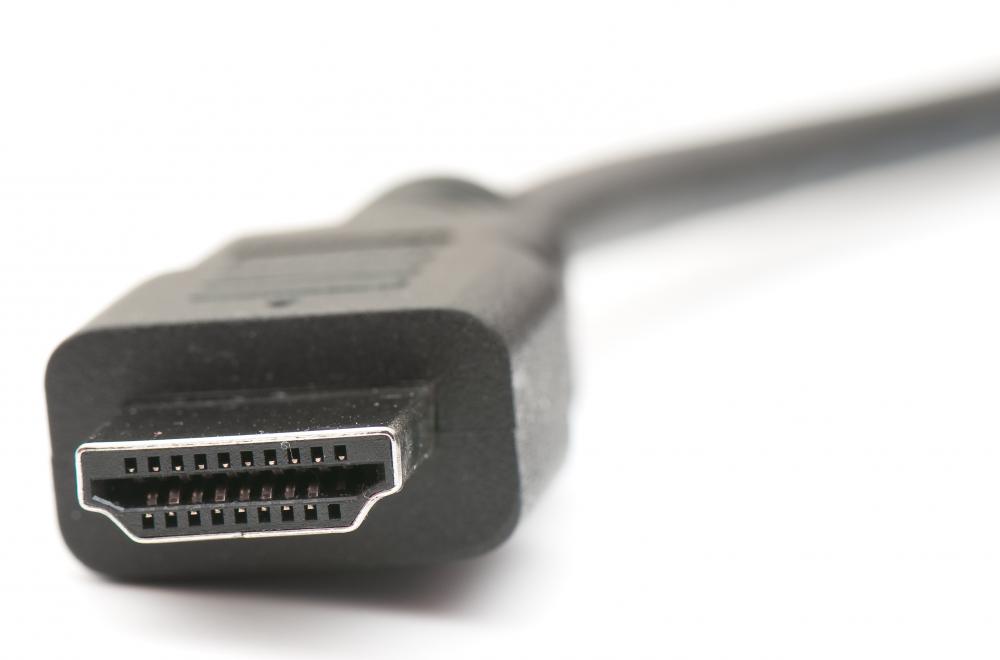At WiseGEEK, we're committed to delivering accurate, trustworthy information. Our expert-authored content is rigorously fact-checked and sourced from credible authorities. Discover how we uphold the highest standards in providing you with reliable knowledge.
What Is an Optical Cable Connector?
An optical cable connector is the terminal at the end of a cable that is made of fiber optic strands and that carries digital signals. For most consumers, the most prevalent optical cable connector is the small TOSlink plug that typically carries digital audio signals in home stereo and theater systems. Other optical cable connector standards apply in the networking field, in which optical fiber cables provide extremely high bandwidth connections.
Digital audio cables typically feature the TOSlink optical cable connector. This connector dates to 1983, when it was developed to carry digital audio signals from compact disc players to outboard digital-to-analog converters and is used today with a range of audio and video devices that output digital audio signals. TOSlink optical cable connectors are relatively small and easy to insert because they can be inserted only at the correct angle and click in place when they are properly connected. Their key benefit over wire-based connections is that, because they carry light pulses instead of an electrical signal, they are not subject to electrical interference from other cables.

Many home theater systems use the high-definition multimedia interface (HDMI) cable, which combines video and audio signals over a single connection. This can be problematic because HDMI cables can combine many different signals into a physically small cable with a relatively small connector, carrying a risk of signal degradation over long runs. For this reason, a combination of optical fiber cables for audio and digital television cables for video signals can provide better performance over long distances. Although the exact distance at which HDMI cables become unsuitable varies, a good rule of thumb is for a consumer to look for an alternative to HDMI if a cable needs to be more than 50 feet (15.2 m) in length.
Computer networking applications also use fiber optic cables because of their ability to carry extremely high bandwidths of data and to span long distances. Over the years, many optical cable connector standards have emerged, with newer connectors typically being much smaller than older connector standards. As with the TOSlink optical cable connector, optical networking cables typically encase the fiber in a protective ferrule to protect it from damage and to help it to line up with either light receivers or additional optical cables. Most of the time, individual computer users will not use optical cables for their networking, because fiber connections typically connect entire campuses or offices to the larger public network.
AS FEATURED ON:
AS FEATURED ON:











Discuss this Article
Post your comments